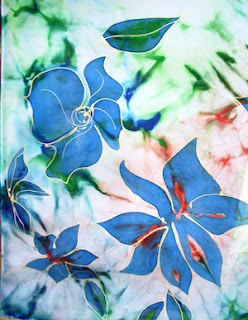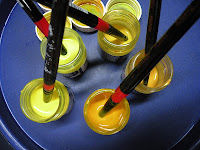You will make two decisions
- define your e-commerce service provider
- decide who will set up your store and post in there the products you have prepared with weight, picture, description, retail price etc.
My intent is to support you in your progress by providing you with a base to start from.
The choice of E-Commerce Service
- This will be solely your personal decision. There are several choices of tools to use and depending on your skills some of them are free to use.
- Some examples:
- PayPal offers Shopping Cart you can add to your existing website. Similar service is available from a variety of merchant services.
- The https://www.miiduu.com for example offers a free e-commerce service that allows for a slow start with a small number of products and can be transferred to your Facebook page as a Facebook Online Store.
- I have now my scarves and fashion on my personal website hosted by Kajabi and also with www.Shopify.com. This service offers you an all-time assistant to help you with your success. Take advantage of the regular special offers and free trials.
- I chose Shopify mainly because it is a Canada-based service provider and some of the features a Canadian business needs are included in the package (like already established tax per Province and the option to add real-time Canada Post shipping). Please check the taxation regulation with respect to your business operations if you did not do it yet. You want to have everything in place properly.
Setting up the online store: Who is doing this job?
- You certainly can do it yourself. As long you have time and the skills needed. Most of the service providers offer a free-trial period that you can use to find out what is involved. With such experience, you can make more informed decisions and will know what will be the task if you hire a web-master.
- Hiring a webmaster can be done in two ways.
- Hire a knowledgeable person for this project. This person does not need to come to you but can work in his/her own setting if you provide the data necessary (on disc or e-mail). There can be some advantage to have the work done in your office as you can communicate much more efficient if there are some questions (computer with internet access is needed). The better you prepare the materials the faster the web-master will complete the task in or out of the house.
- Contract out to web-service. This is the most expensive, but most professional solution. Try to get the most out of your money by preparing as much of the material as possible. For your future needs, check with the web-master service, if marketing is part of the package. Marketing is certainly needed to get your online-store "going (I will come to this part later in this workshop). Make sure you define who will do the after-work like adding new products or update.
Check for funding opportunities in your area.
Often there is funding for small business to hire a post-secondary student to help a small business improve e-commerce performance and online presence.
Enjoy your progress, celebrate your growth!
Don't forget to take a break:)
Don't forget to take a break:)












































